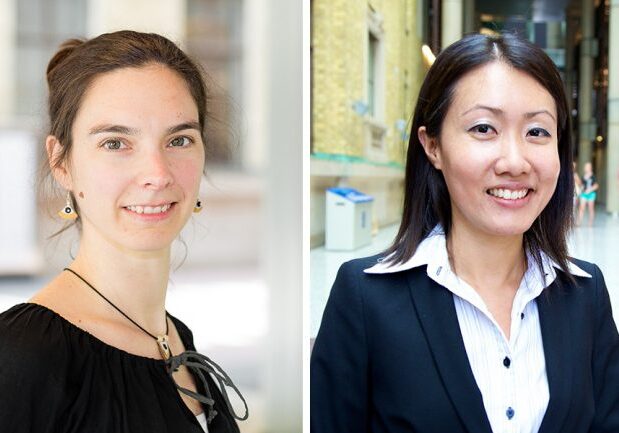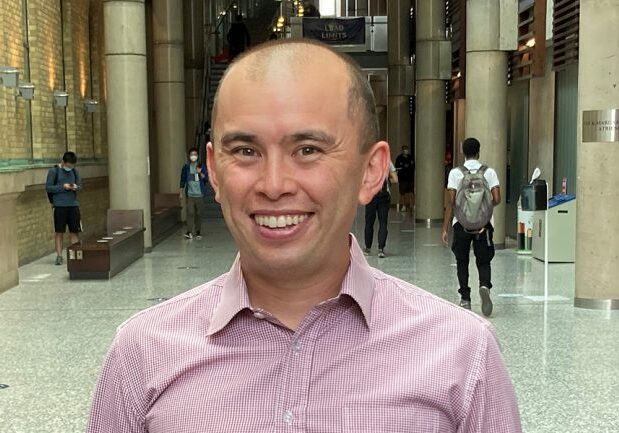
Meet new ChemE professor Jay Werber
Professor Jay Werber leads the Advanced Membranes lab at U of T’s Department of Chemical Engineering & Applied Chemistry.
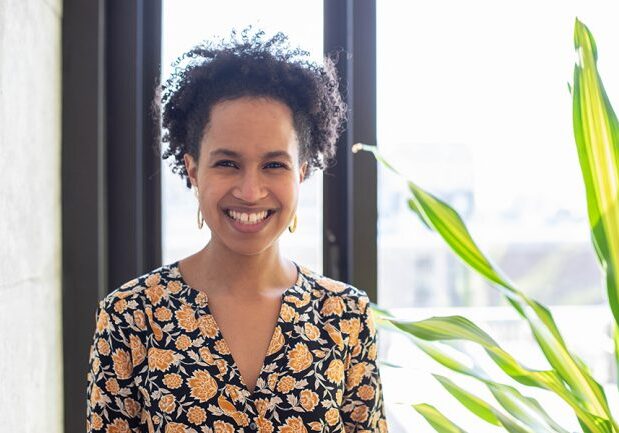
IBET Momentum Fellow D’Andre Wilson-Ihejirika aims to re-frame engineering education
Wilson-Ihejirika is using data analytics to map successful career paths in STEM and re-imagine engineering education, especially for underrepresented groups
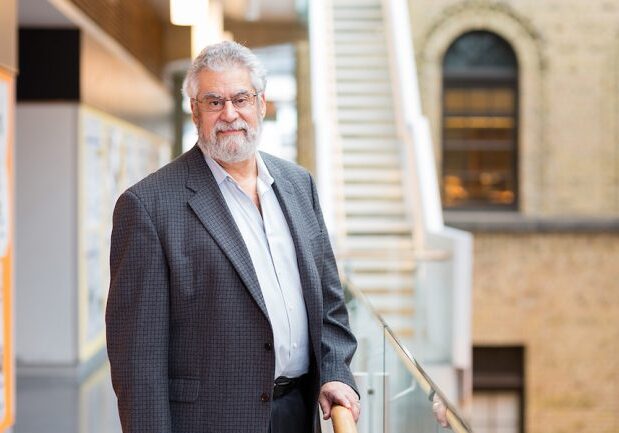
With a focus on skin cells, U of T’s Michael Sefton seeks ‘huge step forward’ in diabetes treatment
Sefton’s research will explore whether dendritic skin cells can aid in the successful transplantation of insulin-producing islet cells in diabetes patients

Q&A: Can green infrastructure keep microplastics out of the environment?
Professor Elodie Passeport (CivMin, ChemE) and her team study how urban green infrastructure such as bioretention cells can remove microplastics and other emerging contaminants from stormwater
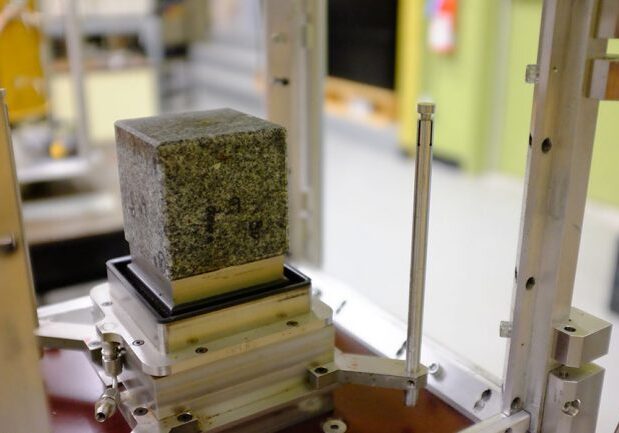
Rock music: Listening for induced earthquakes among nine U of T Engineering projects funded through CFI
CFI’s John R. Evans Leaders Fund will support research into seismicity, water treatment, bioengineering and more

New trains and reduced friction braking improve air quality in Toronto’s subways
New study by U of T Engineering and Health Canada researchers shows how train and braking technology can substantially affect what riders breathe

Overseeing a ‘small city’: Claire Kennedy reflects on her time as chair of U of T’s Governing Council
Alumna Claire Kennedy (ChemE 8T9) has served as chair of U of T’s Governing Council since 2017.


